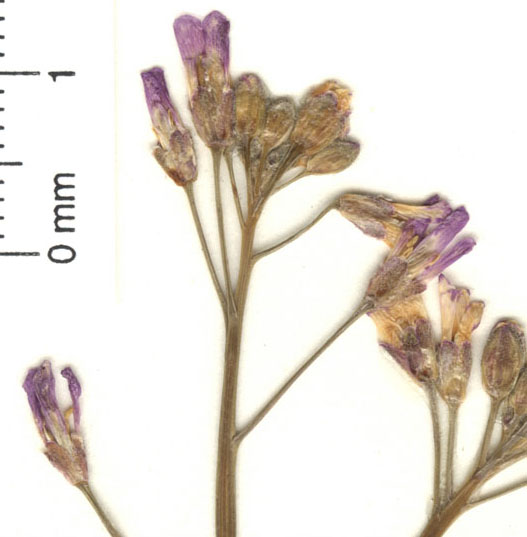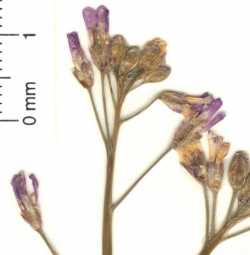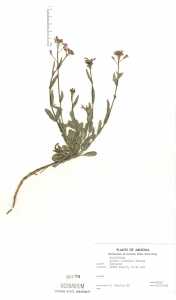Perennials; short- to long-lived; sexual or apomictic; caudex sometimes woody. Stems usually 2-6 per caudex branch, arising from margin of rosette near ground surface, or arising laterally proximal to sterile shoots, 0.6-3(-3.7) dm, sparsely to densely pubescent proximally, trichomes simple, 0.3-0.8 mm, glabrous distally. Basal leaves: blade oblanceolate to obovate, 1.5-6 mm wide, margins usually entire, rarely dentate, ciliate throughout, trichomes (usually simple), 0.4-1 mm, surfaces pubescent, trichomes simple and short- and long-stalked, 2-rayed, 0.3-0.8 mm. Cauline leaves: 2-10(-13), not concealing stem; blade auricles absent or, rarely, to 0.7 mm, surfaces of distalmost leaves glabrous or margins sparsely ciliate. Racemes 4-14-flowered, usually unbranched. Fruiting pedicels divaricate-ascending to horizontal, curved or angled downward, 3-7(-10) mm, usually glabrous, rarely with some simple trichomes. Flowers divaricate-ascending at anthesis; sepals usually sparsely pubescent, rarely glabrous; petals whitish to pale lavender, 4-6 × 1-1.5 mm, glabrous; pollen ellipsoid or spheroid. Fruits widely pendent, not appressed to rachis, not secund, curved to nearly straight, edges parallel, 2.2-4 cm × 1.2-2.1 mm; valves glabrous; ovules 40-70(-90) per ovary; style 0.1-0.3(-0.5) mm. Seeds biseriate, 0.9-1.2 × 0.6-0.9 mm, usually not winged. 2n = 14, 21.
Flowering Apr-Jun. Rock outcrops, open gravelly flats and hillsides in sagebrush, pinyon-juniper, mountain mahogany, open conifer forests; 1600-3100 m; Ariz., Calif., Colo., Nev., Utah, Wyo.
Although included in Arabis (Boechera) demissa by some authors (e.g., S. L. Welsh et al. 2003; N. H. Holmgren 2005b), B. pendulina is readily distinguished from that species (see M. D. Windham and I. A. Al-Shehbaz 2006 for detailed comparison). Typical collections are sexual diploids, whereas the type of var. russeola is a triploid apomict; further study is needed to determine if the two are conspecific.





